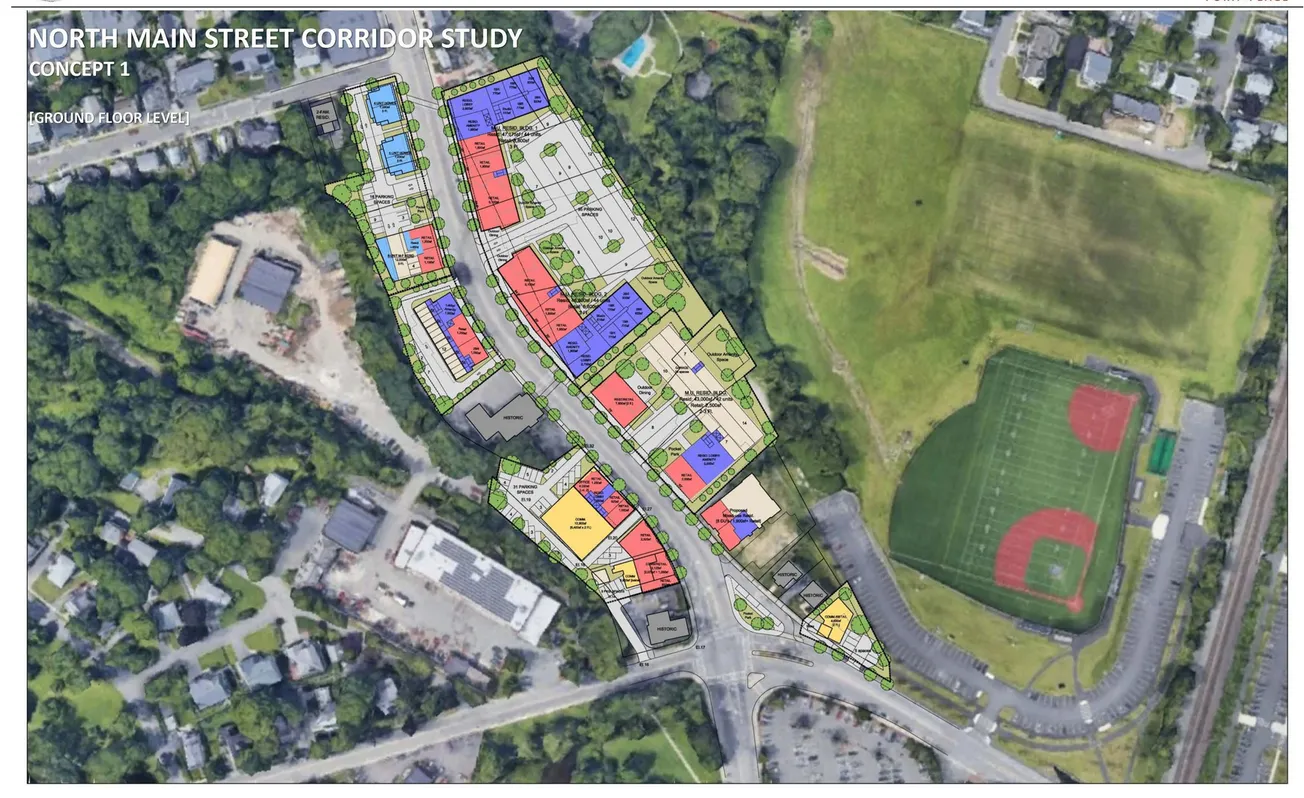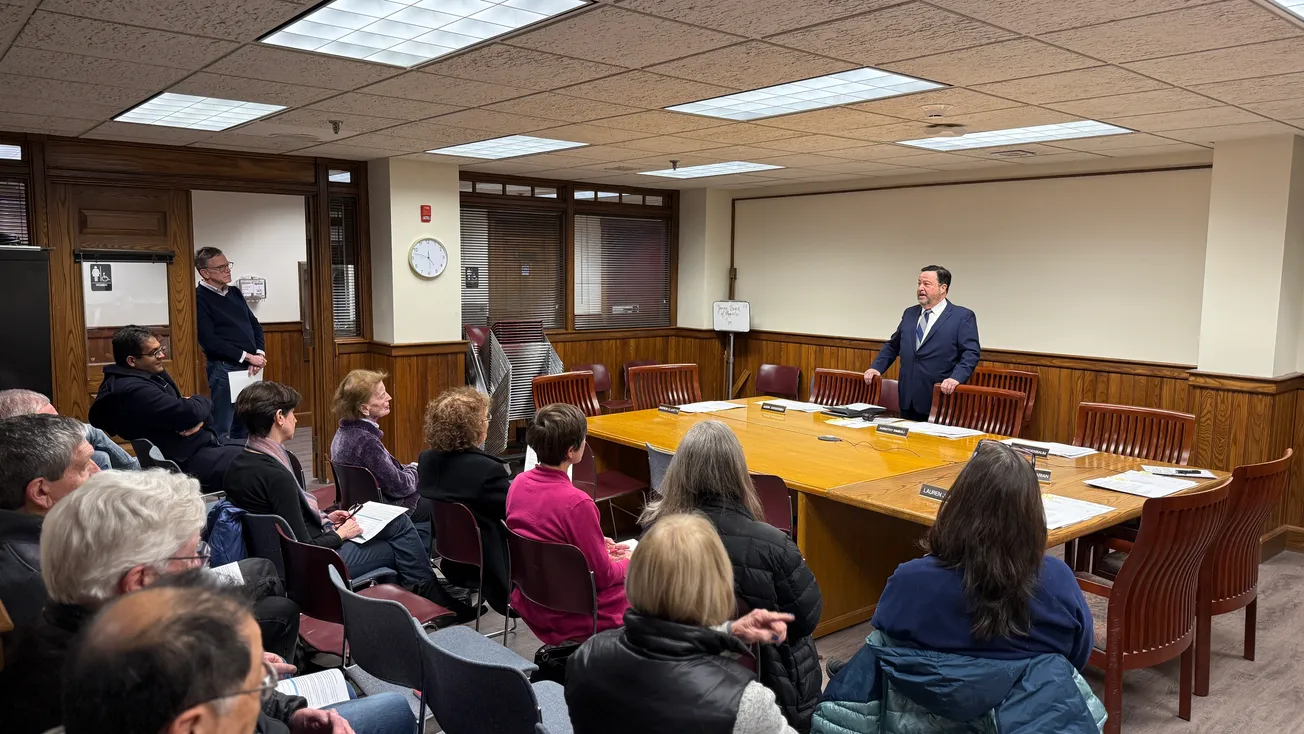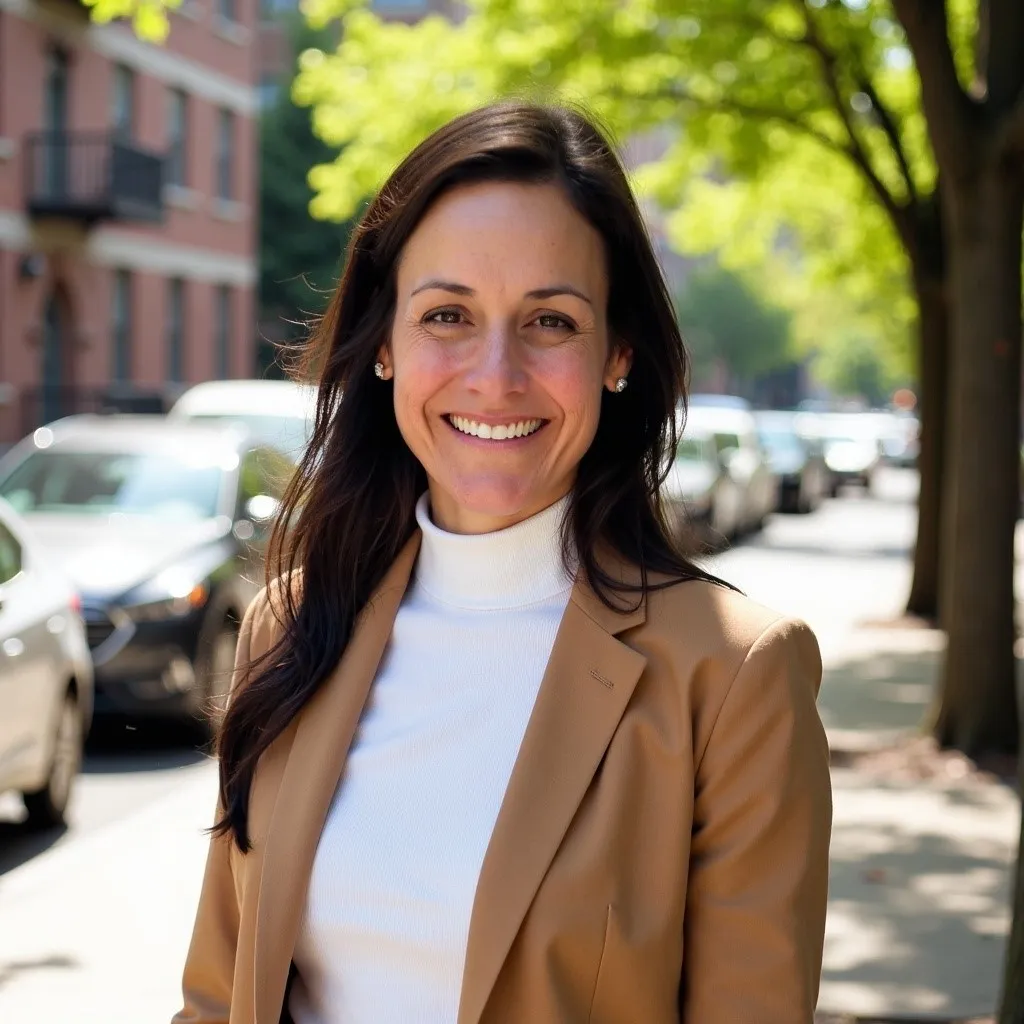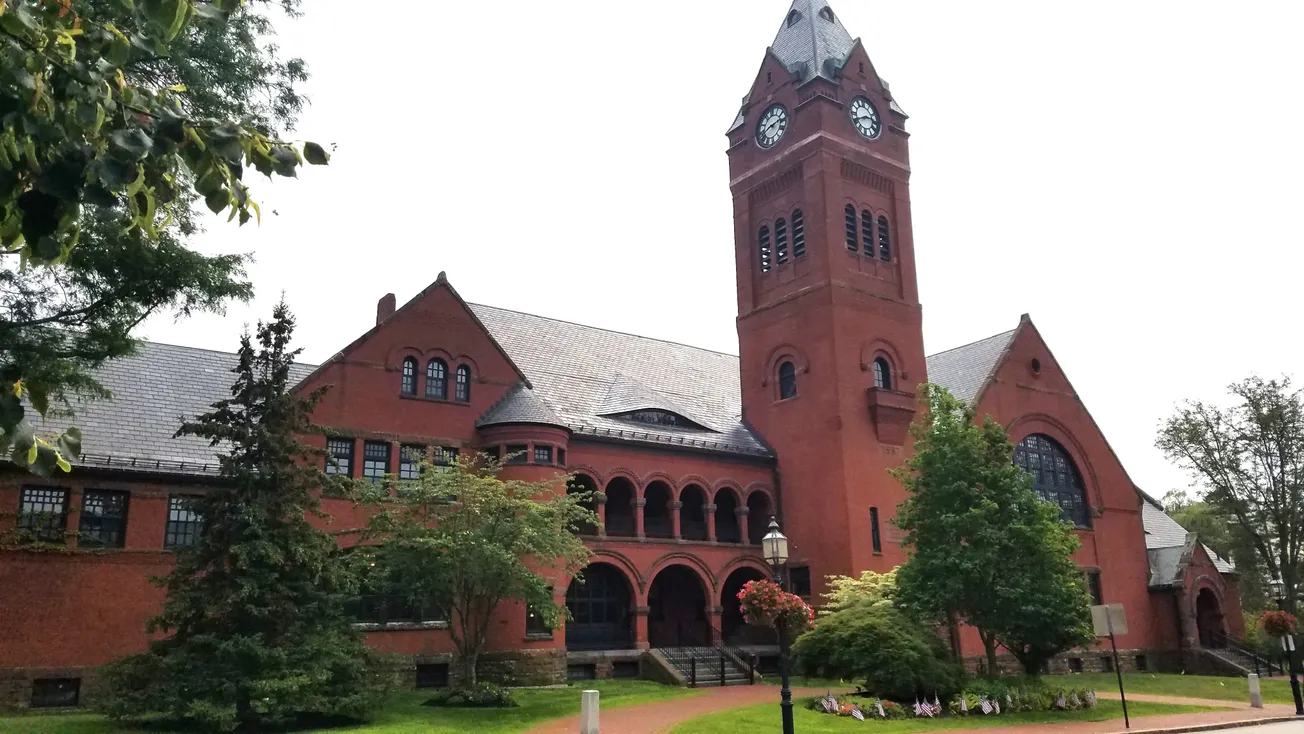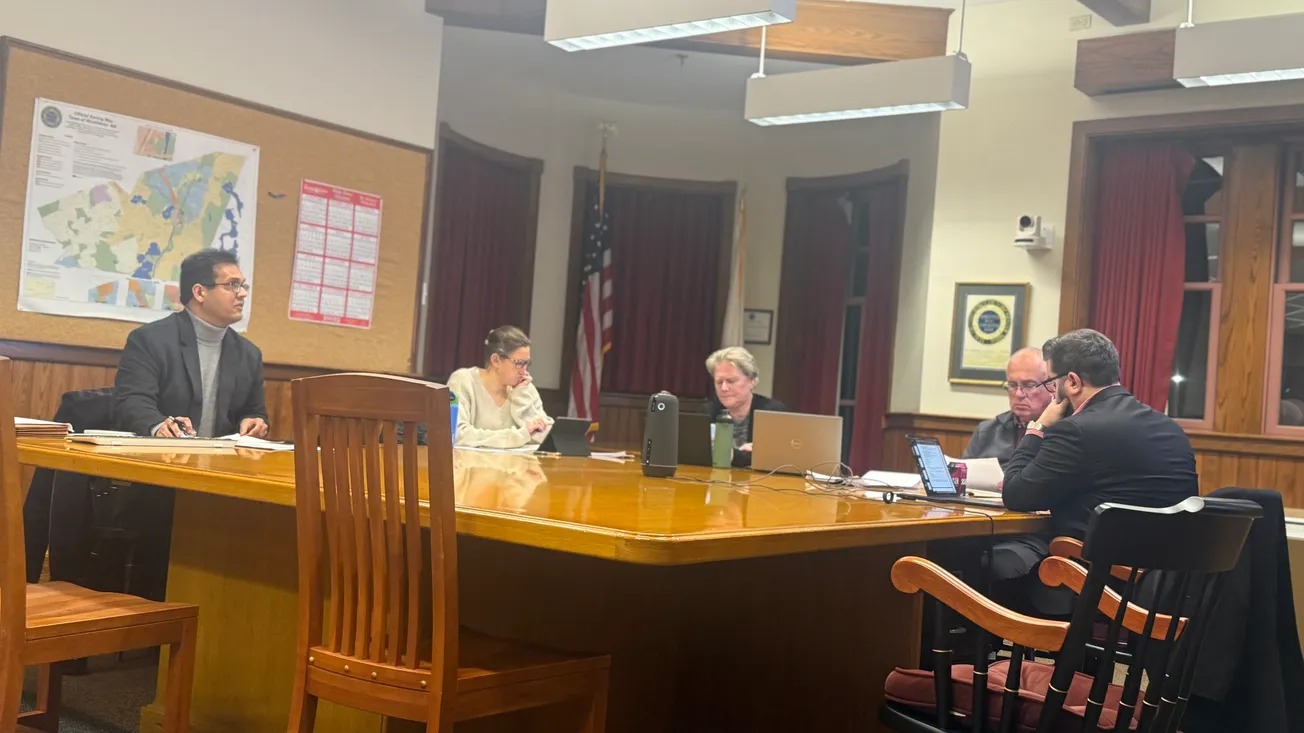Table of Contents
The town seems to be on the right track with the update of its Housing Production Plan (HPP), but it seems as Select Board member Bill McGonigle said, “There is no one silver magic bullet,” to solve the problems of housing in Winchester.
The town is required to update its housing production plan every five years.
Town Manager Beth Rudolph said they’ve had a lot of conversations, done a lot of groundwork and thought it was time for the Select Board and Planning Board to come together to make sure everything was on track before moving ahead with drafting an updated plan.
Why does Winchester need an HPP?
Namely because every community in the commonwealth is required to make 10% of its housing stock affordable and Winchester is barely to the halfway mark.
According to Metropolitan Area Planning Council Principal Planner Carlos Montanez, here are some of Winchester’s stats:
•10% — the amount of affordable housing stock every Massachusetts community is required to have, by law.
• 3% — the amount of affordable housing stock Winchester currently has
• 4.9% — the amount of affordable housing Winchester could have if the 147 units in the River Street 40B project are approved
“I don’t think there’s any reason why they wouldn’t be added,” Rudolph said.
• 248 — number of official affordable units in Winchester
• 24% — percentage of Winchester households that are low-income
• $82,950 — top income for a single person household to qualify for affordable housing
• $118,450 — top income for a family of four to qualify for affordable housing
• $208,000 — Winchester’s approximate median income
• $1.18 million — median cost for a single family home in Winchester
• $1 million — approximate cost for a condo in Winchester
• 25% — number of households that are “cost burdened,” or that spend more than 30% of their income on rent and utilities.
Barriers to affordable housing in Winchester are more than just the price of housing.
Montanez, who is guiding the HPP update, said that in reviewing the plan, one finding is that despite the new town center zoning, zoning elsewhere in town still hinders production and affordability.
He added the permit process for affordable housing is also long and costly and likely discouraging. He said another finding “was that the accessory dwelling units, also known as in-law apartments, are limited to seniors over 62 years of age.”
Progress made, changes added
Montanez said there has been progress made in regards to the 2019 HPP, including the following:
• There has been a commitment to use “suitable” public land, such as the Waterfield project and the Washington and Swanton project, which have produced potentially 120 affordable housing units between them.
• The town has established a municipal housing trust
• Engaged and partnered with housing developers
• Hired an assistant planner
But there were also changes made to the plan. Montanez said the town should consider:
• Simplifying affordable housing permitting
• Sharing more information about housing needs and objectives with the public
• Consider possible partnerships with religious properties
• Establish an Implementation Committee
• Adopt the Community Preservation Act, which will be on the ballot in November.
Suggestions for reaching the goal
Select Board member John Fallon asked how a town as densely settled as Winchester could possibly meet the 10% goal.
Town Planner Taylor Herman said the easiest way would be one large development.
“But that’s also the most jarring and likely isn’t the best process,” he added.
Herman said the town’s best bet would likely be a mix of options.
McGonigle agreed it was about keeping eyes open to opportunities to add to the numbers. He pointed to the project on North Main Street as an example, “giving incentives to people to build something that can also include affordable housing.”
Montanez said “gentle infill” like the subdivision on Lantern Lane, probably wouldn’t move the needle much toward the 10% mark, but still should be considered.
He said the advisory group described the Lantern Lane homes as a historic precedent from the 1930s. The smaller scale single family homes, approximately 1,300 square feet in size, predate present, restrictive zoning and sit on average quarter acre lots, he said.
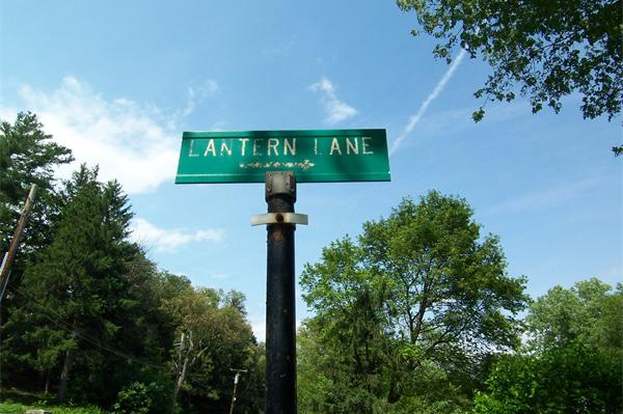
But Planning Board member Diab Jerius said he believes that if the town is ever going to hit the mark, it has to start thinking outside the box. Projects like North Main Street, he said, are not going to get it done.
“We’re a densely developed area because we have a large minimum lot size,” he said. “If we’re going to actually, really move the needle we have to consider whether a minimum lot size is appropriate for the amount of housing that we need.”
Jerius said he knows it’s a controversial idea, but said the town needs to look at realistic options, “because as great of a plan as this looks like, I really don’t see it moving the needle much.”
Select Board member Michael Bettencourt, however, called it an excellent plan and was pleased to see the town had accomplished some of the objectives from the previous plan. But he also agreed with Jerius that they were going to have some tough conversations with residents if they were going to make progress.
He also said from what he hears, the number one issue for people is affordability, “hands down, and people are a lot more cost burdened than I think people understand.”
Select Board Chair Michelle Prior asked the Planning Board what it had on its horizon and suggested that when it comes to permitting, “There’s a lot of things that have government that we can make cleaner and neater and faster and more understandable, predictable.”
Planning Board Chair Keri Layton said they would continue work towards inclusionary zoning, providing incentives for developers to add affordable units to their projects and they would try and wrap their heads around who the target of the affordable housing should be.
“Are we trying to get adult children to move back sooner before they have children? Are we trying to retain our elders, and I think those are two different housing strategies,” she said. “And then we’re going to have to look at zoning in single family, we just don’t have a lot of areas where we can put large developments.”
Montanez said the plan now was to regroup with the advisory committee, finalize the plan, hold one more public comment period then he hoped to present the final updated plan in October.

